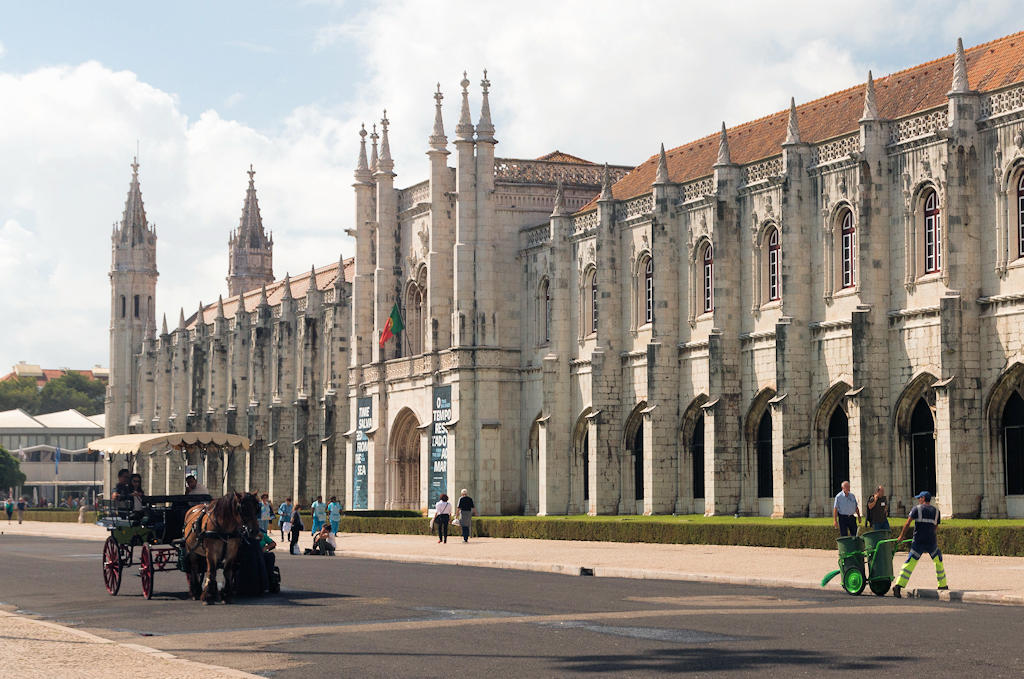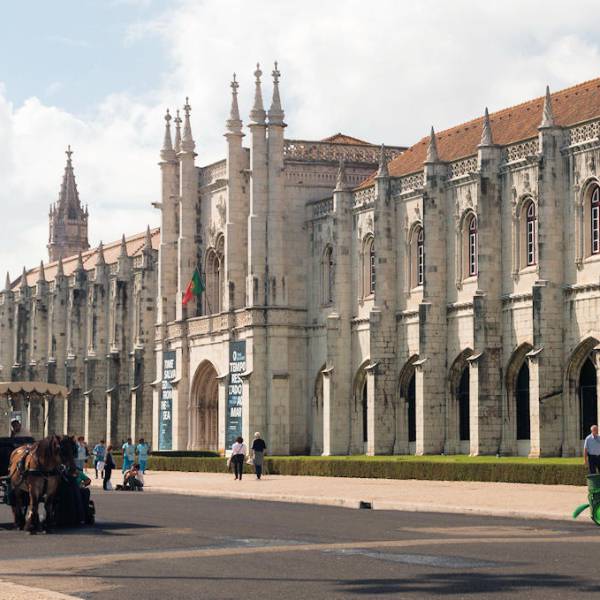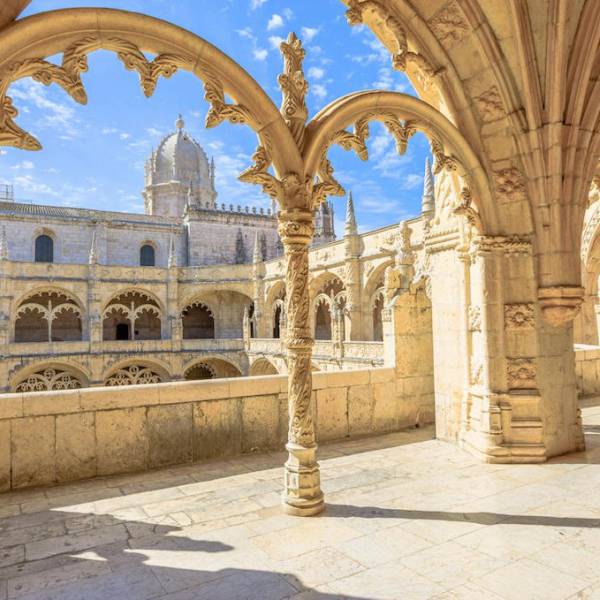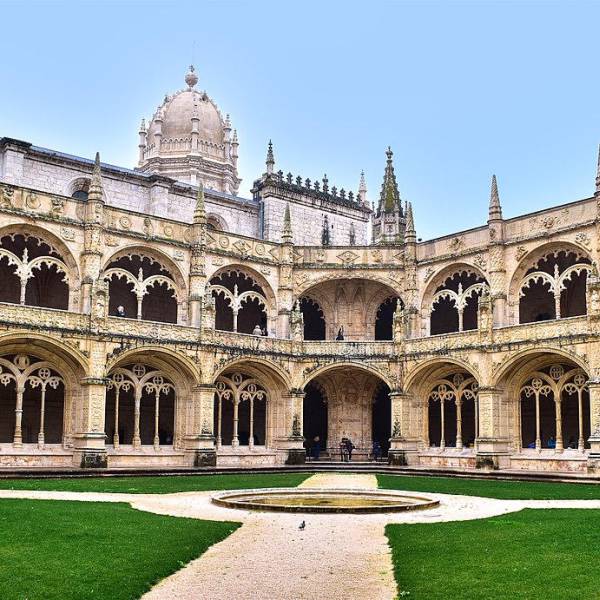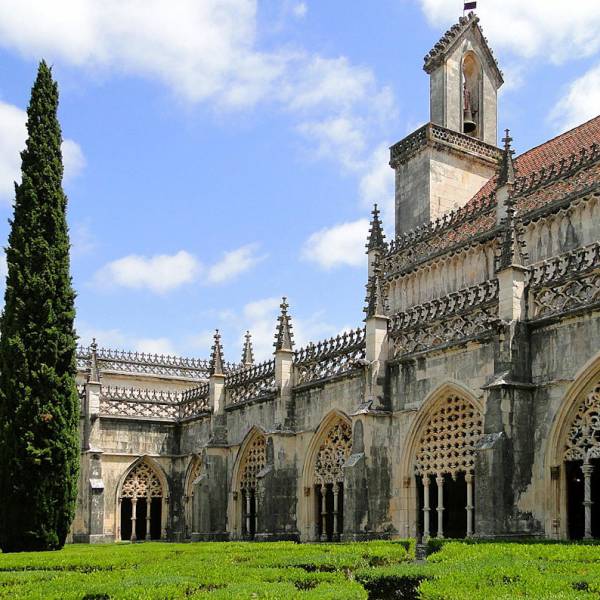For over a century, the MNA has served as a reference institution for Portuguese archaeology, maintaining regular correspondence with museums, universities, and research centers worldwide. Its collections are the result of the initial acquisitions by the founder, José Leite de Vasconcelos, as well as contributions from Estácio da Veiga and numerous other sources. The museum's holdings consist of artifacts collected through fieldwork conducted by the museum's team, other archaeologists, as well as donations and legacies. Currently, the MNA's reserves contain remnants from approximately 3,200 archaeological sites, narrating the history of over half a million years of occupation on Portuguese territory.
National Museum of Archaeology's collections encompass a wide range of archaeological artifacts, each offering valuable insights into different periods and cultures. One of the highlights is its extensive collection of Roman mosaics, primarily originating from the southern region of the country. These mosaics depict various themes, including the voyages of Ulysses, the myth of Orpheus, and the Labors of Hercules. Although the collection may not rival those of neighboring Spain or North Africa, these mosaics exhibit direct influences from North African workshops.
The museum also boasts a remarkable collection of ancient sculptures, particularly classical sculpture. Noteworthy examples include the monumental togate statues from Mértola, the Apollo from Herdade do Álamo in Alcoutim, and the sarcophagi from Tróia and Castanheira do Ribatejo. The collection also features the largest ensemble of sculptures from the Sanctuary of São Miguel da Mota in Alandroal, predominantly carved from Estremoz/Vila Viçosa marble. These sculptures, although heavily damaged, offer insights into the practices of early Christian communities.
Additionally, the MNA is renowned for its collection of ancient Portuguese and African ethnography. The museum's holdings of Portuguese ethnographic objects include religious artifacts, ex-votos, votive panels, amulets, pastoral art, weaving materials, musical instruments, toys, writing materials, smoking paraphernalia, and faience pottery from various factories and periods. The African collection encompasses exceptional cultural assets, with one notable example being the famous Tshokwe sculpture depicting the warrior "Tshibinda Ilunga".
The MNA's numismatic and medallic collections shed light on Portugal's ancient economic history. The numismatic collection, which primarily consists of Roman-era coins, is particularly significant for understanding the Roman presence in the region. With approximately 30,000 specimens, the collection includes early coinages from Lusitania and treasures found in various locations. The museum also houses a collection of medals, albeit smaller in scale.
Lisbon.vip Recommends
The MNA's location within the Jerónimos Monastery provides a captivating backdrop for its collections. Situated in Lisbon's Belém parish, the museum occupies a significant portion of the monastery's western wing, facing the Praça do Império. The area attracts numerous tourists due to its cultural significance and the presence of various cultural institutions.
Throughout its history, National Museum of Archaeology has faced challenges related to space constraints and the need for modernization. Plans for relocation or the construction of new facilities have been considered to accommodate its growing collection and enhance visitor experiences. Despite these challenges, the museum continues to serve as a vital institution for archaeology and offers visitors a unique opportunity to delve into Portugal's rich archaeological heritage.
In conclusion, the National Museum of Archaeology in Lisbon stands as a testament to Portugal's rich history and cultural legacy. Its extensive collections, ranging from Roman mosaics and ancient sculptures to ethnographic objects and numismatic treasures, provide a comprehensive understanding of Portugal's archaeological heritage. By exploring the MNA's halls, visitors can embark on a captivating journey through time, immersing themselves in the stories and remnants of the past. The museum's dedication to research, preservation, and public engagement ensures that this invaluable cultural heritage will be cherished and appreciated for generations to come.
Map View


